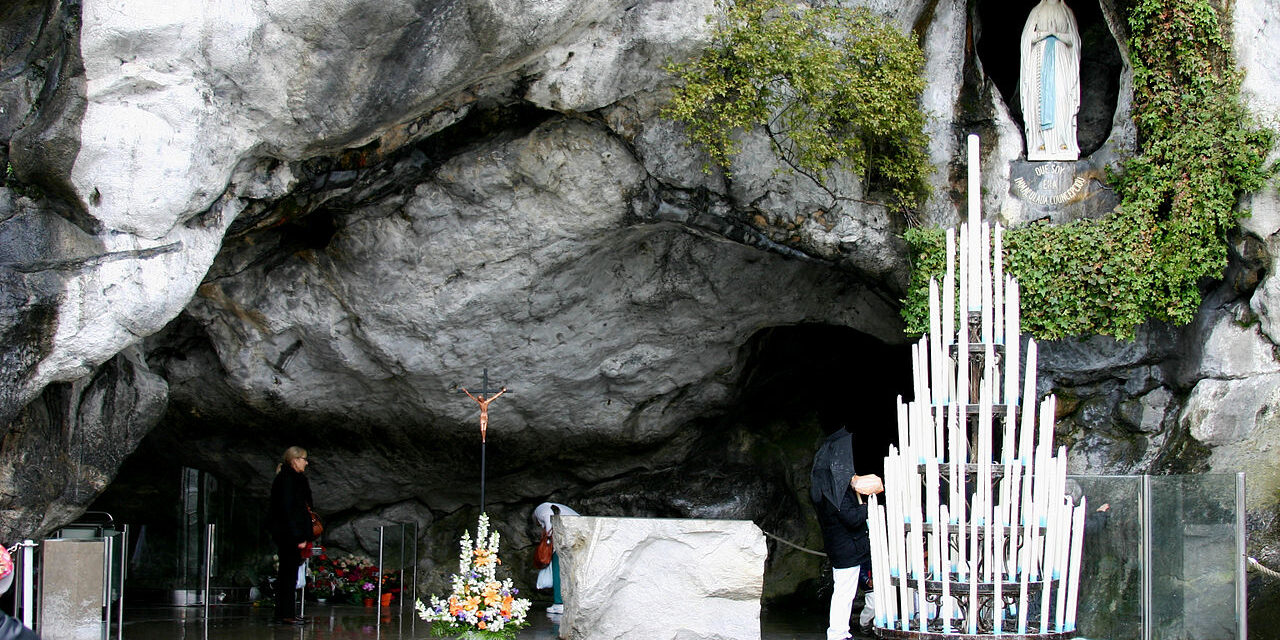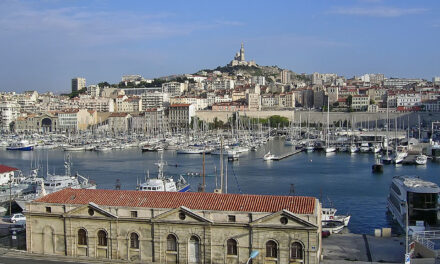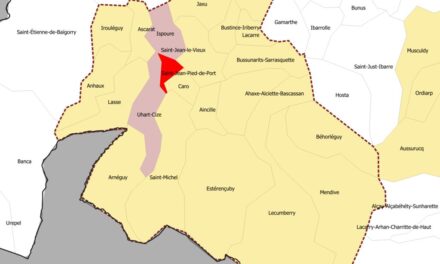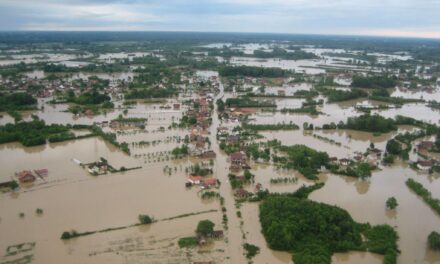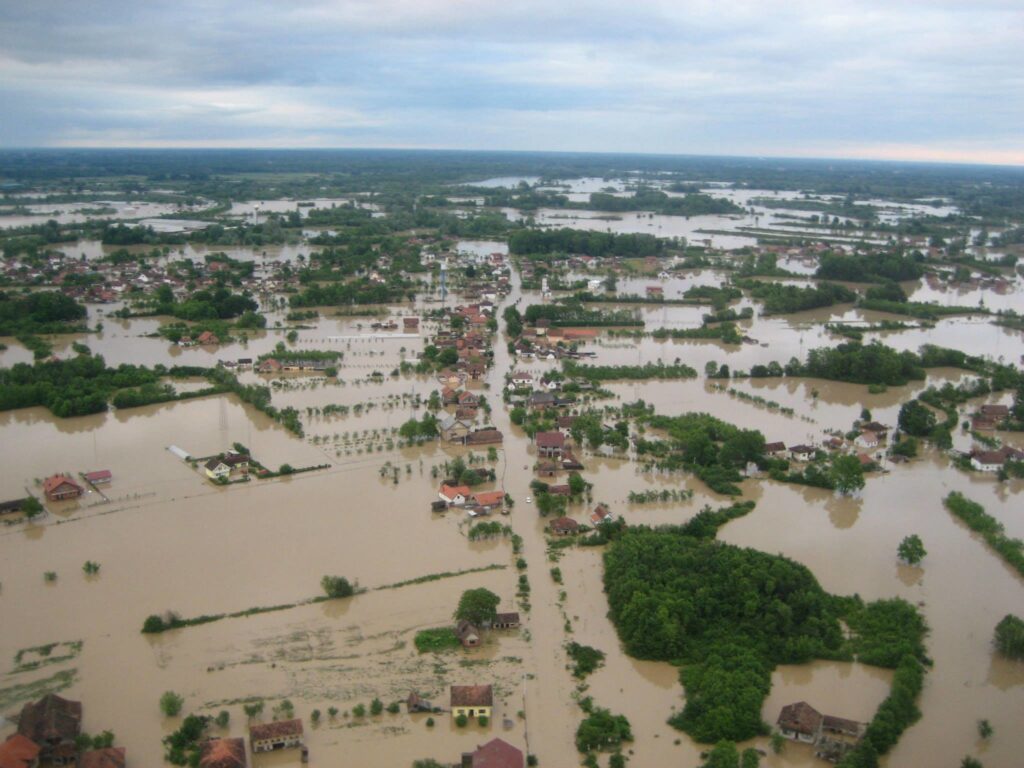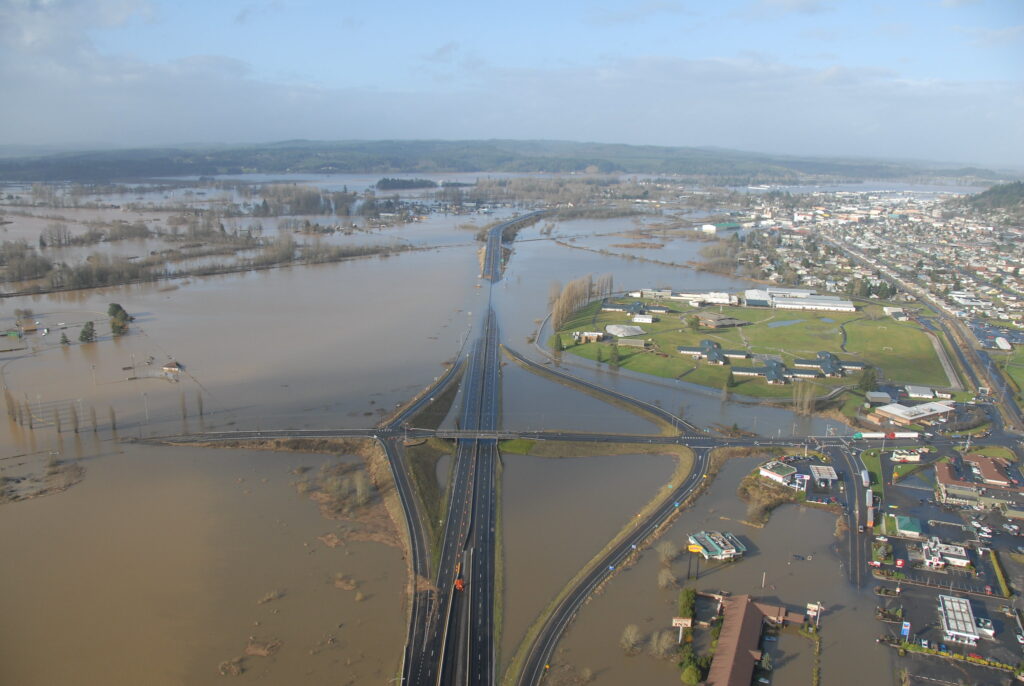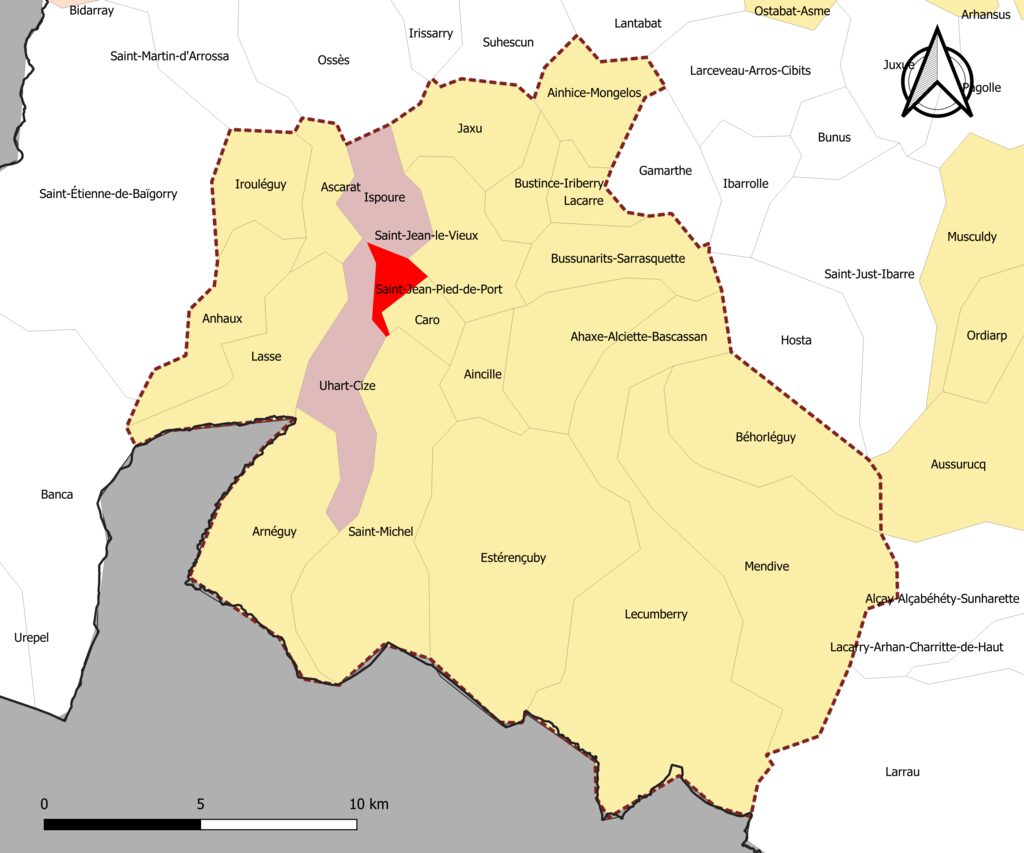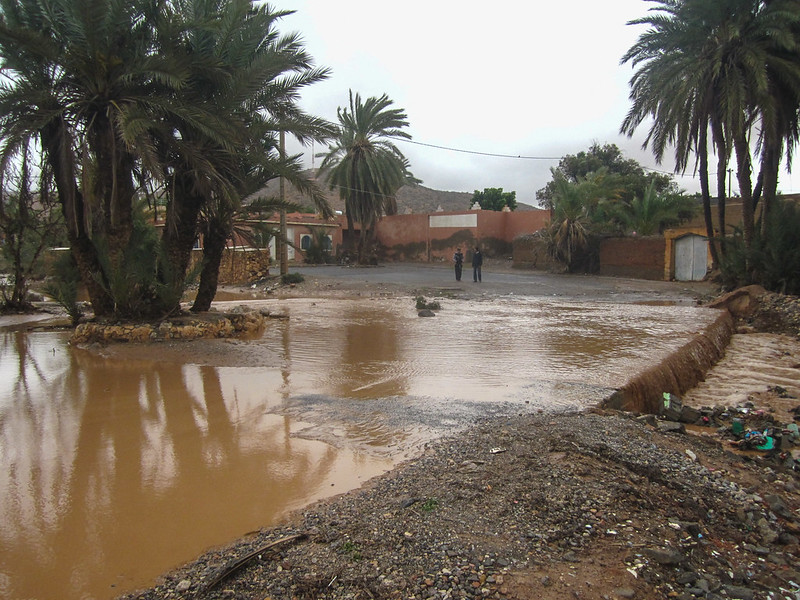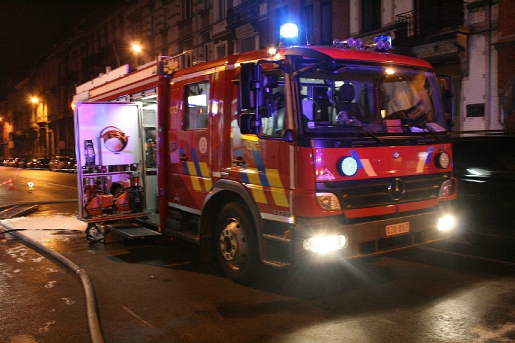Introduction
During the night of September 6 to 7, 2024, the Lourdes sanctuary experienced flooding. This event caused the temporary closure of the Massabielle Grotto. This site attracts millions of pilgrims every year. The torrential rains raise crucial questions. Why are these extreme weather phenomena occurring more and more frequently? How can we better protect these sites? This article explores the circumstances of the flood, its consequences, and proposes solutions.
Analysis
The flooding in Lourdes resulted from an intense rainy episode. The Hautes-Pyrénées experienced record precipitation. The prefecture indicated a rapid rise in the level of the Gave de Pau. The rains began on Friday evening and peaked during the night. In 24 hours, 171 mm of rain fell. Notably, 80% of this rain fell between 3 AM and 9 AM. David Torchala, the sanctuary’s communications director, confirmed the flooding of the grotto around 2 AM. Authorities reacted quickly. They closed the grotto and moved the celebrations. Fortunately, no one was injured. The pilgrims were informed and protected. The Aragnouet-Bielsan tunnel was also closed. A landslide caused by the bad weather made this closure necessary.
What are the impacts and consequences?
The flooding in Lourdes had several significant impacts. First, it disrupted religious activities. The grotto’s closure canceled some celebrations. However, other places of worship remained open. Next, the flooding caused material damage. The Chapels of Lights were flooded. They now require cleaning and repairs. Moreover, the economic impact is notable. Lourdes depends on religious tourism. The floods can affect attendance and the local economy. Finally, this event underscores the need for increased vigilance against flood risks.
The most affected areas
- Massabielle Grotto
- Chapels of Lights
- Aragnouet-Bielsan Tunnel
- Aspe Valley
- Gaves Valley
Sources of the article
- Europe1: 4/5 – Detailed information on the floods in Lourdes.
- Sudinfo: 4/5 – Data on the impact of the floods and the measures taken.
- Vatican News: 4/5 – Reactions from Pope Francis and the reopening of the sanctuary.
- BFMTV: 4/5 – Information on the reopening and protection measures.
Conclusion
The floods in Lourdes remind us of the vulnerability of regions to extreme phenomena. They highlight the importance of preparation and protection. It is necessary to strengthen infrastructures and educate the public. These events prompt reflection on the proactive management of risks.
Solutions to protect against floods:
- Installation of removable barriers: Use flood barriers to protect building entrances.
- Improved drainage systems: Implement effective drainage systems.
- Monitoring and early warning: Use technologies to anticipate floods.
- Infrastructure reinforcement: Improve the resilience of buildings.
- Education and awareness: Inform the public about safety measures.
In summary, managing floods in Lourdes requires an integrated approach. It must combine robust infrastructures, advanced technologies, and awareness.
